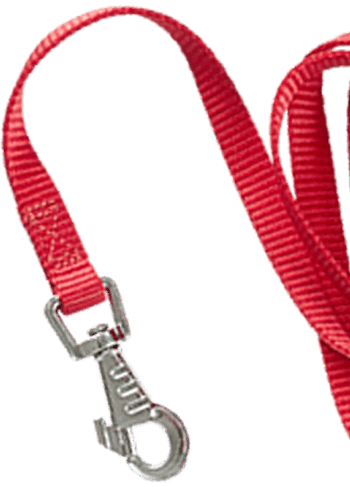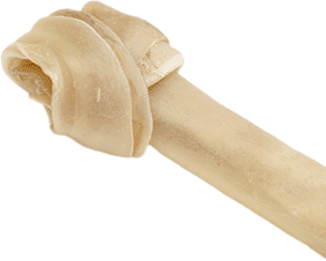


Whether you need a service dog for yourself or you’d like to train one for someone else, it’s important to know what a successful service dog looks like. What traits should the dog have? What breeds make the best service dogs?
At Snowy Pines White Labradors, we train service dogs every day. Here’s what we’ve learned about the traits of successful assistance dogs through our years in the service dog training community.
Under the Americans with Disabilities Act of 1990, or the ADA, a service dog can only be a dog or a miniature horse. For obvious reasons, dogs are far more common than mini horses! Service dogs can be any breed or size. The only requirement is that the dog be trained to perform a specific task for its handler’s disability.
This is different from comforting a person with their presence alone, which is what emotional support animals do.
Service dogs don’t need special certificates. They don’t even need to wear vests that identify them as service dogs, although many do. People cannot ask for a dog’s certifications or papers. As you’ll see on ADA.gov, they can legally only ask two questions:
There are many ways that people categorize service dogs, but we’ll focus on five of the more common types: guide dogs, hearing dogs, mobility assistance dogs, medical alert dogs, and psychiatric service dogs.
Sometimes referred to as Seeing Eye™ dogs, guide dogs help people who are visually impaired. They act as their handlers’ eyes and can be essential in helping them navigate the world safely. A guide dog’s specific functions can include:
If a person is deaf or hard of hearing, a hearing dog can alert their handler to the sounds in their environment. Most hearing dogs alert their owners by nudging or touching them and then leading them to the source of the sound. They can help their owners hear countless sounds, including:
These special pups help people with physical disabilities that limit where they can go and what they can do. If a person uses a wheelchair, for example, a mobility assistance dog can be trained to fetch items that the person needs. If a person struggles with balance issues, a mobility assistance dog can act as a brace.
Mobility assistance dogs may also:
A medical alert dog is trained to sense a medical crisis in its handler and either find help, retrieve medication, or stay with their handler until help arrives. They can help with a range of medical conditions, including:
Psychiatric conditions can be as debilitating as physical ones. That’s why psychiatric service dogs are such an important part of the service dog community. They provide comfort, yes, but they still perform specific functions that help their handlers cope with psychiatric struggles.
Here are a few examples of what psychiatric service dogs might do:
In order to be trained to perform these tasks and go wherever a handler goes, a service dog needs several key traits. They should have a calm temperament, reacting without aggression to unexpected events like a child petting them too hard or a loud noise interrupting a conversation.
They should be anxious to please their handler and comfortable in a variety of situations. And above all, they should be able to ignore distractions and focus on the tasks they have been trained to perform.
There are several factors to consider when you are choosing a dog for service work. First, the dog should have a calm, friendly, trainable temperament. All dogs are different, but some breeds are calmer and friendlier than others. Some of the most common service dog breeds are:
Along with selecting a dog with the right temperament, a service dog should be free of health problems. Make sure the dog has a clean bill of health before you bring him home for training!
And, if you are seeking a service dog for yourself, look for a dog that fits your personality and style of living. The two of you will be an unstoppable team working to make life more manageable and accessible.
At Snowy Pines White Labradors, we know our dogs intimately. We perform in-house service dog temperament tests to determine which of our puppies would thrive in that role. We train them to perform whatever function is needed. Reach out to us today to learn more about our service dogs and see if service dog adoption is right for you.